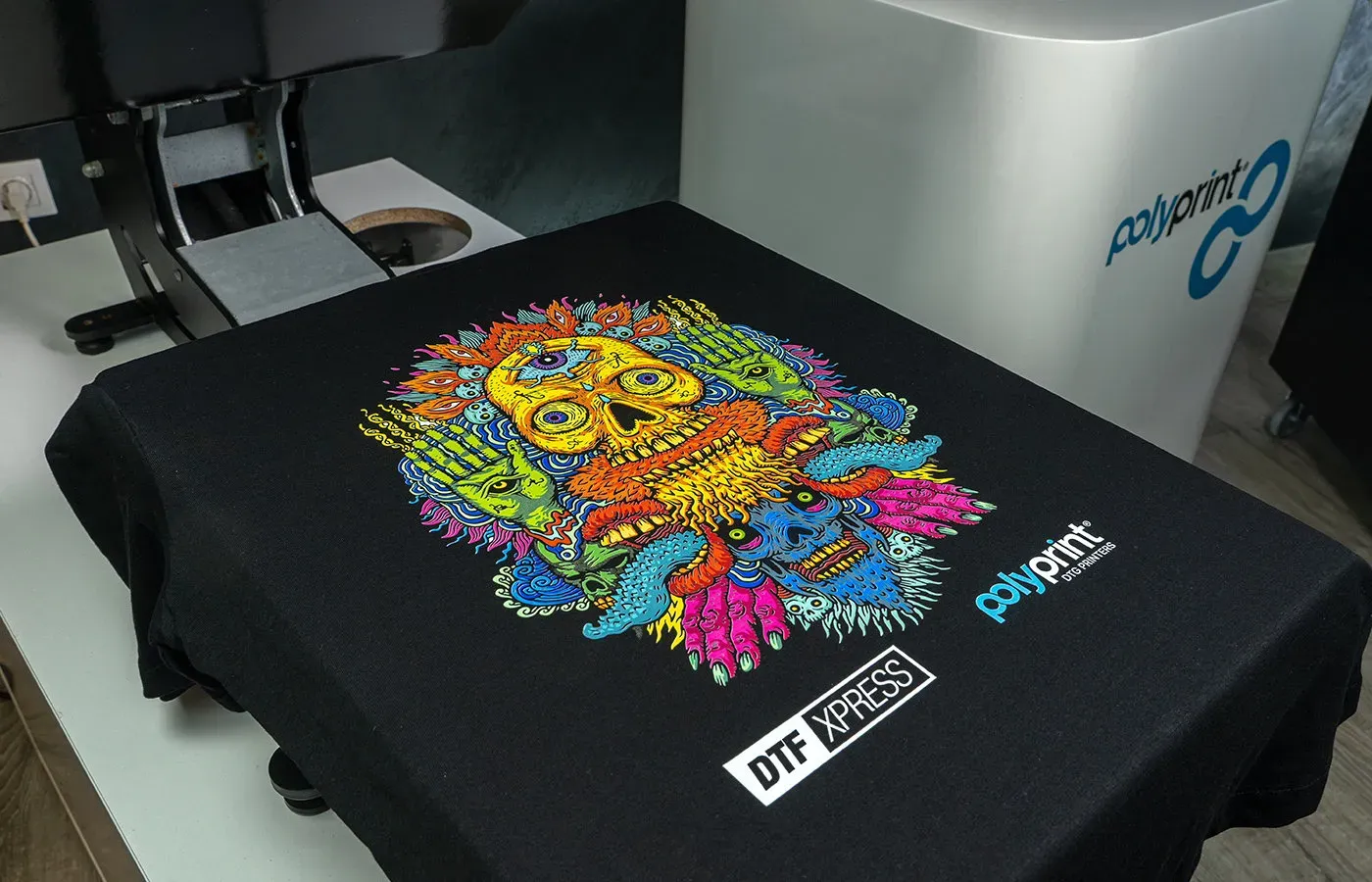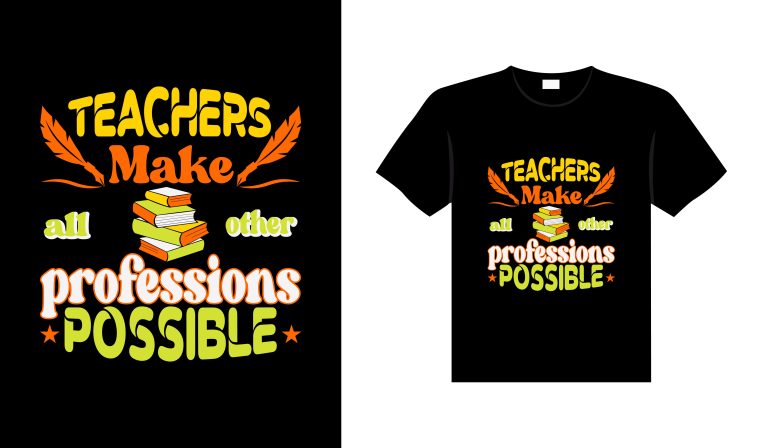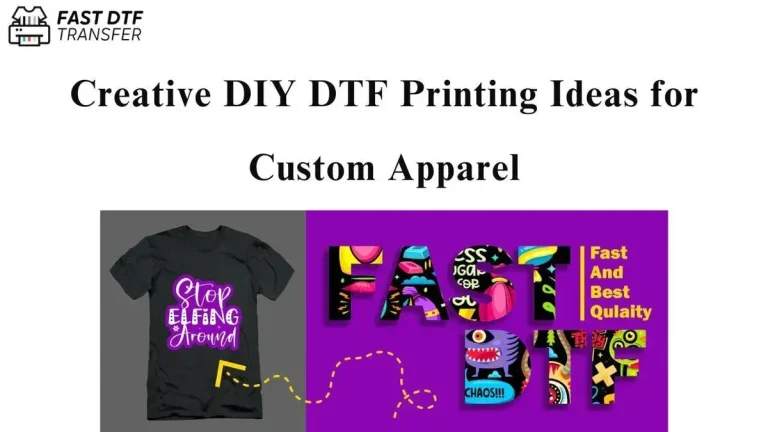DTF printing, or Direct-to-Film printing, represents a revolutionary approach to textile printing that caters to a diverse array of materials and designs. This innovative method has rapidly established itself as a favorite among fashion designers and custom apparel businesses, thanks to its ability to produce vibrant prints with stunning clarity. By utilizing a simple yet effective DTF printing process, users can achieve intricate designs that stand out on garments, regardless of fabric type or color. Furthermore, the DTF transfer technique not only offers excellent durability but also proves to be a more environmentally friendly option by minimizing waste during production. This introductory guide delves into the myriad advantages of DTF printing, equipping beginners with the knowledge they need to harness its full potential in their creative endeavors.
Direct-to-Film (DTF) printing has emerged as a noteworthy player in the world of fabric decoration, fundamentally changing the way designs are transferred onto textiles. This advanced technique allows creatives to utilize cutting-edge printing methods that boast both versatility and user-friendliness. Often grouped with traditional printing styles such as direct-to-garment (DTG) and sublimation, DTF provides distinct advantages that make it an appealing choice for those seeking high-quality results. Given its capacity to produce detailed graphics and vibrant colors, DTF printing stands out in an industry increasingly focused on customization and personalization. As enthusiasts and businesses alike explore this innovative transfer method, understanding the best practices for DTF printing will be essential for achieving exceptional outcomes.
Understanding DTF Transfer Basics
Direct-to-Film (DTF) transfer is a modern printing method that has revolutionized the way designers and businesses create custom graphics for textile applications. This technique involves printing designs onto a special film using water-based inks, and then applying a hot-melt adhesive to the printed side before transferring it onto a variety of fabrics. The use of a film allows for intricate designs that can be reproduced with stunning detail and vibrant colors, which makes DTF a preferred option for those looking to produce high-quality apparel.
Unlike traditional methods, such as screen printing or direct-to-garment printing, DTF transfers are not limited to specific types of fabric. One of the significant advantages of DTF printing is its compatibility with various materials, including cotton, polyester, and blends. This versatility allows creators to experiment freely, producing unique and eye-catching designs that can cater to any market demand.
Key Advantages of DTF Printing
One of the standout advantages of DTF printing is its ability to produce bold, vibrant prints that can withstand the test of time. The specialized inks used in the DTF process are designed to provide excellent wash durability and resistance to fading, ensuring that apparel maintains its color and quality even after multiple washes. This durability is especially crucial for businesses aiming to offer high-quality products that stand out in a competitive market.
Additionally, the DTF printing process is notably user-friendly. With relatively simple steps – from designing graphics to applying heat for transfer – this method is accessible to both hobbyists and small business owners. This ease of use, combined with the high-quality outcomes it delivers, further solidifies DTF printing’s position as an attractive option within the textile printing industry.
Exploring the DTF Printing Process
The DTF printing process is straightforward and efficient, making it perfect for beginners looking to delve into custom apparel printing. It begins with design creation, where users can harness digital design software to bring their artistic visions to life. Once the design is finalized, it is printed onto a special transfer film, where the intrinsic quality of the print begins to manifest. The use of high-resolution prints ensures that each detail is captured accurately.
Following the film printing, the process continues with the application of hot-melt adhesive powder. This critical step binds the adhesive to the ink while it remains wet. Once the film is cured using a heat press for a precise duration, the transfer is ready to be applied to fabric. This method ensures a bond that is not only durable but also maintains the texture of the original fabric, which is a significant advantage when considering user comfort.
Best Practices for DTF Printing Success
To achieve outstanding results in DTF printing, prioritizing the use of quality materials is essential. Investing in top-notch DTF inks and transfer films greatly enhances the performance of the printing process. High-quality materials ensure better adhesion and ultra-vibrant colors, which contribute to a professional finish. Additionally, users should be aware of their printing environment, ensuring that conditions such as temperature and humidity are optimal for achieving the best results.
Moreover, experimentation is vital in mastering the DTF printing process. Different fabrics react uniquely to the DTF method, so testing various materials can lead to discoveries that optimize print quality. Beginners should embrace a trial-and-error approach, which not only enhances their understanding of the process but also leads to the development of unique styles that can distinguish their brand in the marketplace.
The Future Trends of DTF Printing
The future of DTF printing holds tremendous promise, as advancements in technology and materials are continuously enhancing this innovative method. Improvements in ink formulations and the introduction of more efficient printing machinery are expected to facilitate a broader adoption of DTF printing across industries. As this printing technique becomes more mainstream, businesses can expect to see a rise in the demand for quality custom apparel, as well as more diverse applications for DTF printing.
Furthermore, as sustainability becomes a more pressing concern within the textile manufacturing sector, DTF printing methods are evolving to incorporate eco-friendly practices. Technologies that reduce waste and promote better environmental standards are likely to gain traction, appealing to socially-conscious consumers and brands alike. Keeping abreast of these trends will be essential for anyone looking to thrive in the DTF printing community.
Engaging with the DTF Printing Community
Engaging with the DTF printing community is invaluable for those looking to expand their knowledge and skills in this area. Online forums, social media groups, and workshops provide platforms for sharing experiences, asking questions, and gaining insights from seasoned professionals. Connecting with others who have traversed similar paths can lead to enhanced learning, solving common challenges, and discovering creative techniques that may not be found in traditional resources.
Additionally, participating in community events or trade shows can offer networking opportunities that are beneficial for growth. Meeting fellow DTF printing enthusiasts and industry experts can lead to collaborations that enhance creativity and innovation in projects. In this dynamic field, staying connected with the community will not only keep individuals informed about the latest trends but also inspire them to explore new horizons within DTF printing.
Frequently Asked Questions
What is DTF printing and how does it work?
**Direct-to-Film (DTF) printing** is a method that allows users to transfer designs onto fabric using water-based inks. The process involves printing a design onto a special film, applying hot-melt adhesive powder to the wet ink, and then using a heat press to transfer the print onto the desired fabric.
What are the advantages of DTF printing compared to other methods?
**DTF printing advantages** include its versatility to work on various fabric types, such as cotton and polyester, and its ability to produce vibrant, high-quality prints. Additionally, DTF printing is user-friendly, making it an excellent choice for both beginners and professionals.
What materials do I need for the DTF printing process?
To successfully execute **DTF printing**, you will need a DTF printer, special transfer film, hot-melt adhesive powder, quality inks, and a heat press. These materials are essential for optimal adhesion and vibrant color results.
How can I ensure the best results in my DTF printing projects?
To achieve high-quality prints, follow **best practices for DTF printing**, such as using high-quality inks and films, properly pre-pressing fabrics, and experimenting with different materials. Additionally, maintaining the right heat settings is crucial for successful transfers.
Can DTF printing be used for both light and dark fabrics?
Yes, one of the key benefits of **DTF printing** is its compatibility with both light and dark fabrics, unlike some other printing methods that are limited. This flexibility allows for a broader range of design applications.
What future developments can we expect in DTF printing technology?
The future of **DTF printing** is promising, with advancements in ink formulations and transfer technologies enhancing efficiency and sustainability. As the market grows, we can anticipate innovations that make DTF printing more accessible for hobbyists and industry professionals alike.
| Key Point | Details |
|---|---|
| Introduction | A method that provides versatility and ease for vibrant prints on various materials. |
| What is DTF Printing? | A printing process using water-based inks to transfer designs onto fabrics via heat application. |
| Advantages of DTF Printing | Wide compatibility, vibrant colors, ease of use, and minimal waste production. |
| DTF Printing Process | 1. Design Creation 2. Film Printing 3. Adhesive Application 4. Curing 5. Transfer to Fabric |
| Tips for Success | Use quality materials, experiment with fabrics, control heat, pre-press fabrics, seek professional guidance. |
| Future of DTF Printing | Innovations are driving efficiency, sustainability, and community growth leading to wider adoption. |
Summary
DTF printing is revolutionizing the textile industry by providing a cost-effective and user-friendly solution for vibrant, high-quality prints. This innovative method not only supports varied fabric types but also enhances creativity through its adaptability. As it continues to evolve and gain traction among both hobbyists and professional users, understanding DTF printing’s processes and best practices becomes essential for anyone looking to succeed in custom apparel production. With the right knowledge and tools, beginners are well-equipped to harness the full potential of DTF printing, making it a valuable skill in today’s competitive market.







